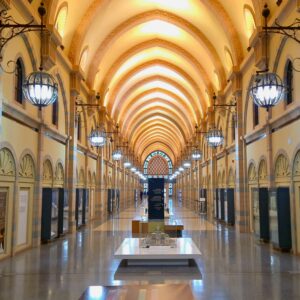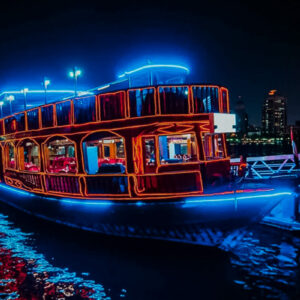UAE
United Arab Emirates The UAE is situated in the southeastern part of the Arabian Peninsula, shaped like a triangle. Its coastlines form the southern and southeastern borders of the Arabian Gulf and part of the western coastline of the Gulf of Oman.
A Trip Back in Time
On December 2, 1971, the United Arab Emirates (UAE) officially became an independent, sovereign, and federal nation. It’s made up of seven emirates: Abu Dhabi, Dubai, Sharjah, Ras Al Khaimah, Ajman, Umm al-Quwain, and Fujairah. The federal government of the UAE includes the Supreme Council, the President, Vice-President, Prime Minister, the National Federal Council, and the Federal Judiciary.
National Flag: The flag features three equal horizontal stripes: green on top, white in the middle, and black at the bottom. There’s also a broader vertical red stripe running along the flagpole.
Location: The UAE is situated in the southeastern part of the Arabian Peninsula, shaped like a triangle. Its coastlines form the southern and southeastern borders of the Arabian Gulf and part of the western coastline of the Gulf of Oman. The UAE holds a key position at the western entrances of the Strait of Hormuz.
Area: The total area is about 82,880 km², with Abu Dhabi making up 87 percent of that.
UAE Coastline: The coastline of the UAE spans 1,318 km, and that’s before we even consider the new urban developments like Nakheel’s artificial islands – The Palms and The World. These man-made islands have definitely added to the length of the coast, although the exact current measurement isn’t clear yet.
Climate : temperatures hitting between 35°C and 41°C and humidity levels soaring from 60% to 100%. The intense heat is often paired with high humidity. There’s a noticeable difference in climate between the coastal regions and the inner desert areas, as well as the highlands that shape the UAE’s landscape. On the flip side, winter is pretty mild and cool, with temperatures ranging from 18°C to 25°C and very low humidity. The average yearly rainfall is under 100 mm, but it does increase in the cooler Eastern mountain range. Population: The UAE is home to a warm and welcoming local population that holds a strong appreciation for their rich traditions and customs. The people here enjoy a good quality of life, thanks to a top-notch education system and excellent healthcare services. The country is dedicated to developing its human resources, empowering women to take on leading roles in society, and providing social support for those in need. As of 2013, the population of the UAE stands at around 9.4 million.
Historical Events: The UAE has a rich history, once known as “Al Ghabraa” and later referred to as the Coast of Oman due to its ties with Oman. Various tribes have called this land home, including the Bani Yas tribe, which is linked to Al Yas Bin Amir and formed a tribal alliance to tackle challenges. Notable descendants of Bani Yas include the ruling families of Al Nahyan and Al Maktoum in Abu Dhabi and Dubai, as well as the Al Qawassim rulers of Ras Al Khaimah and Sharjah.
18th February, 1968: The Al Samha meeting took place.
18th July, 1971: The interim constitution of the UAE was introduced.
2nd December, 1971: The UAE was officially established, with the late Sheikh Zayed Bin Sultan Al Nahyan becoming the President and the late Sheikh Rashid Bin Saeed Al Maktoum as Vice-President. The late Sheikh Maktoum Bin Rashid Bin Saeed Al Maktoum was named Prime Minister.
6th December, 1971: The UAE became a member of the League of Arab States.
23rd December, 1971: Ras Al Khaimah expressed its desire to join the federation.
12th February, 1975: The National Federal Council was formed.
13th December, 1972: The inaugural session of the National Federal Council took place.
May 1981: The United Arab Emirates hosted its first Gulf summit.








